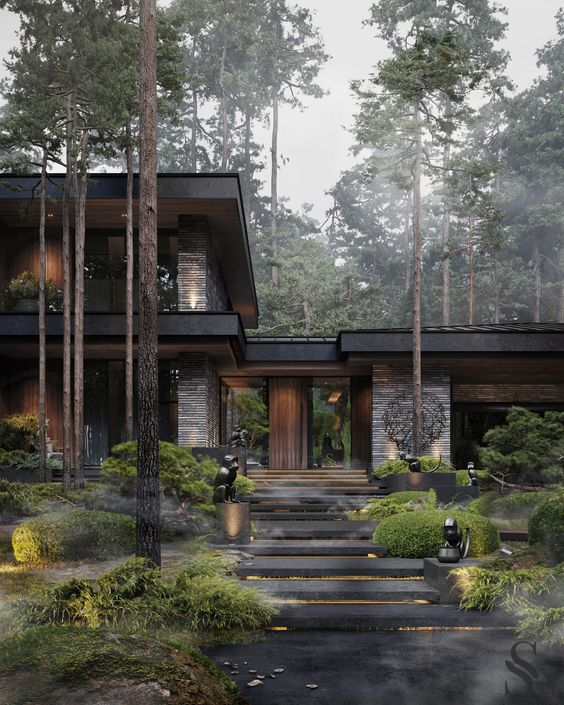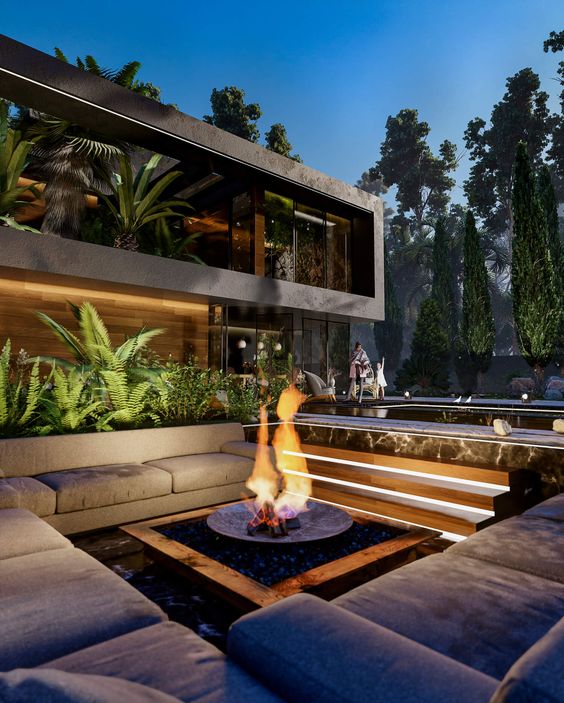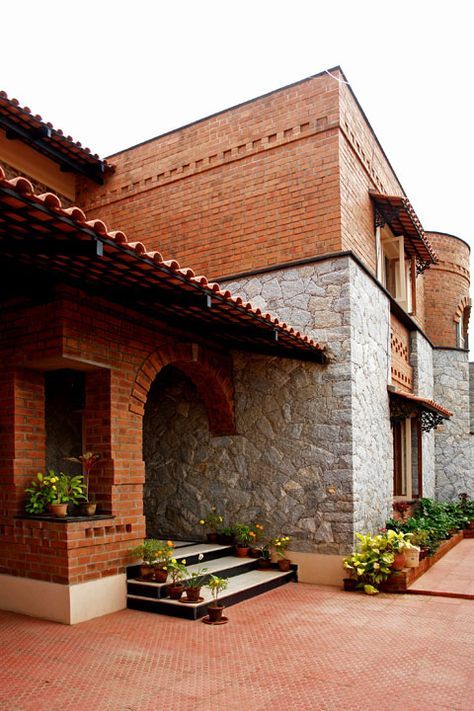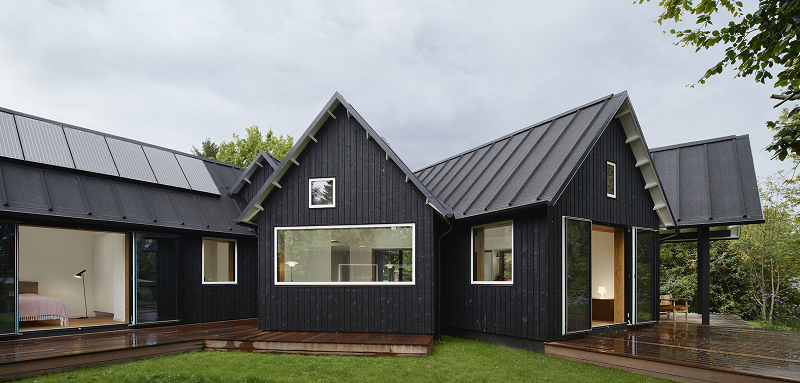Okikiko.com – If you are interested in a unique house design, you should consider a village house. The two-roof design is perfect for a location near a rice field. It features long windows, and the terrace can be used for relaxation. The roof of the main house is larger than the roof of the terrace, making it unique. The two-roof design will give your home a unique look, and you’ll be able to enjoy the fresh air inside it.
Characteristics of Village House Design
The typical characteristics of a village house design are its simple layout and multi-story structure with a courtyard in the center and rooms that face the outside. A wada is a village house that can accommodate multiple families or a single family. Its design allows for both modern and traditional elements to blend into the same design. In addition to its simple and rustic appearance, a village house has numerous benefits, including its ability to blend in with the neighborhood.
The typical village house design in Kerala is based on Shastra principles, including Vastu and Thachu Shastra. These homes have gabled windows and steep roofs and use local resources and materials. The traditional house front design of a village house is composed of four, eight, or sixteen blocks. The smallest of these homes has a single floor with a single room, while the largest one has four. The rest is a single story, usually with an attic.

A typical village house design is about 2000 square feet with one bed room on the top floor, three on the ground floor, and one bathroom. This house plan features three windows on the ground floor and a garage and workshop in the basement. It also includes a covered lanai and a two-car garage. The elevation is an overview of the floor plan and is shown as a sketch to help you understand its layout.
The floor plan shows the overall layout of the entire house and includes measurements in inches. Each room is shown on the floor plan with symbols for switches, wall jacks, and TV outlets. Electrical components are also noted, including lights, ceiling fans, and garbage disposals. Another important element is the walls. Exterior walls are represented by thicker lines than interior ones. The interior walls are represented by double-lined or black-outlined shapes.
Traditional Village House Residential
A village house is a traditional type of dwelling that uses traditional materials, such as wood and stone. Traditionally, village houses were built with wood beams that were passed through an opening on the top floor to form a light roof. These materials were often easy to work with, and today, they are largely used for decorative purposes. Wood was also commonly used for foundations. Listed below are the most common materials for village houses.
The materials used for village house design varied with the period, as the construction process became more advanced. The use of briquettes, concrete plaster, and glass wool for heat isolation was common. In 1990, the economic opportunity was widespread enough to permit the purchase of these materials, which led to the introduction of different solutions. The changing materials caused a change in the identity of the buildings. Moreover, different types of paint were used, including plastic.

A village house design with a two-roof structure is the perfect choice for people who live near rice fields. A long window lets in ample natural light and there’s a terrace for relaxation. The main house has a large roof and the terrace has a smaller one. These differences in design and layout will give your home a special flair. You’ll find it difficult to find another house like yours anywhere else.
Considerations in Determining the Size and Shape of a Village House
The size and shape of the village house should be able to accommodate large gatherings, a swimming pool, and a shady backyard. You’ll also need to spend a decent amount on materials. Adding a staircase or a pool can help the house look elegant and spacious. The overall cost of a village house design will depend on the type of materials you use for the walls and roof. Make sure the house has a sturdy foundation, and consider adding stairs for more visual interest.
The construction of a village house in a rural area is challenging due to pressure from development and modernization. Nevertheless, villages are facing challenges of maintaining agricultural environments and local community traditions, so they are exploring new village house prototypes that take into account their cultural values and local requirements. One such country is Rwanda, the land of a thousand hills. In the workshop, villagers and architects explored new village house prototypes and discussed local building practices and crafts.

The construction of village houses is typically divided into two periods. The first period involved using materials found in the local area, without a detailed planning system. The size of the houses varied by family, depending on the number of people. The use of natural stones was due to the region’s abundance of stones. As the number of people in a village increased, the size of the houses also increased. Depending on the family size, the m2 size of a village house varied, while the interior was a combination of traditional and modern materials.


